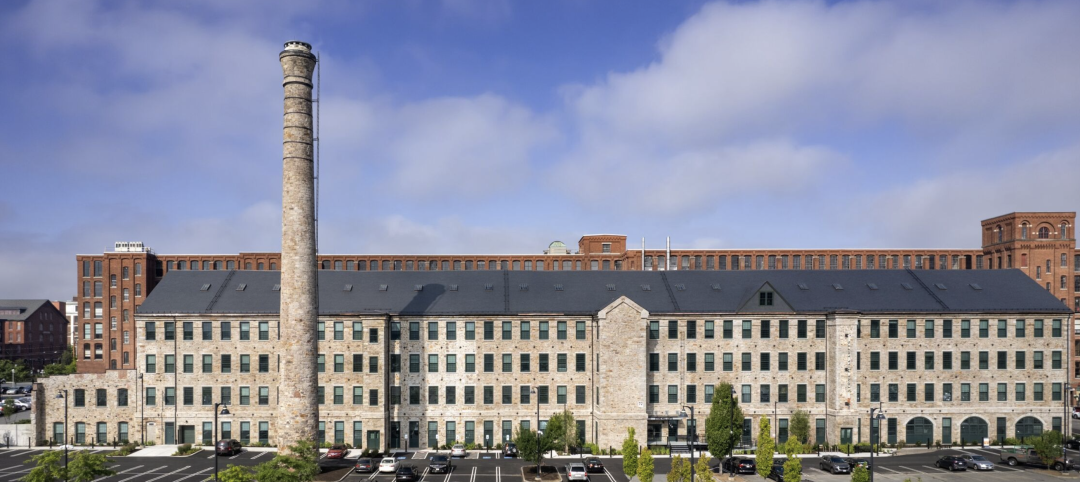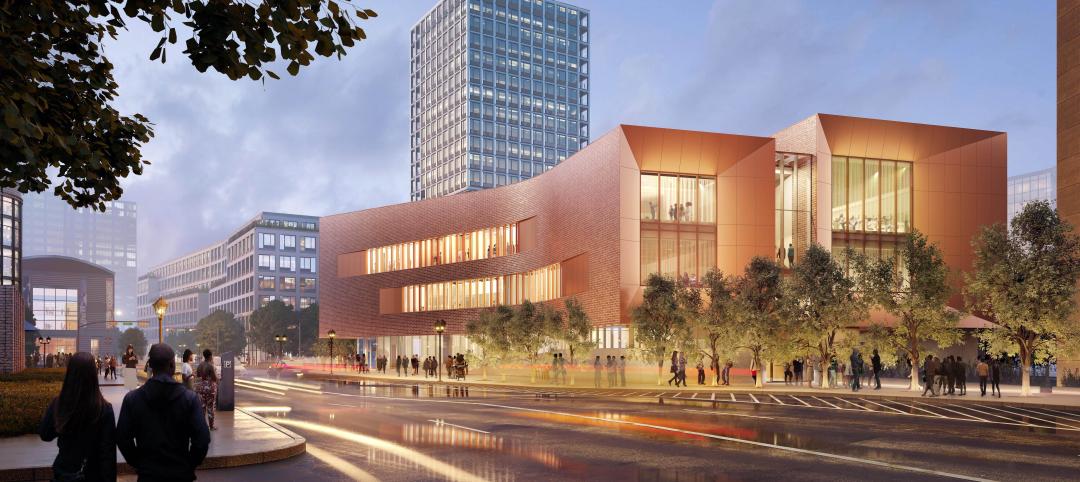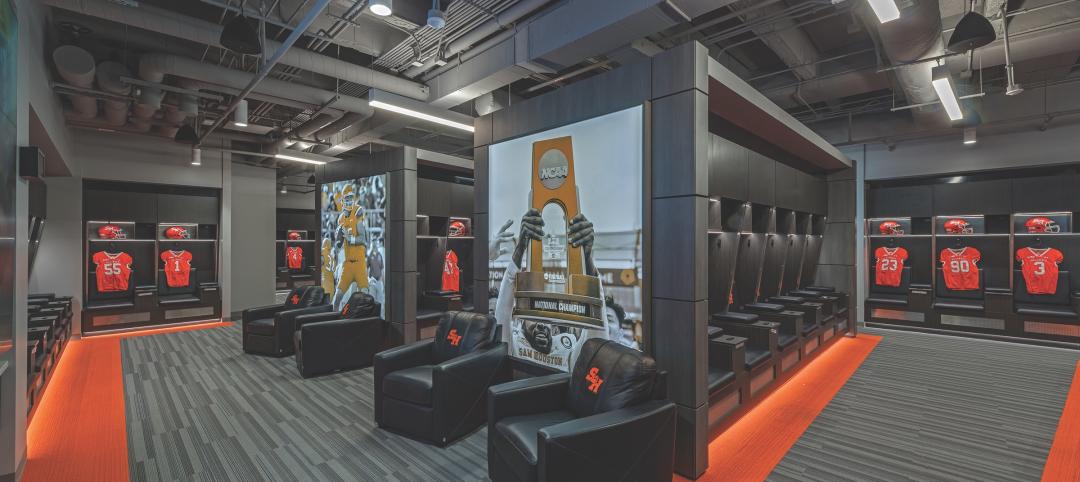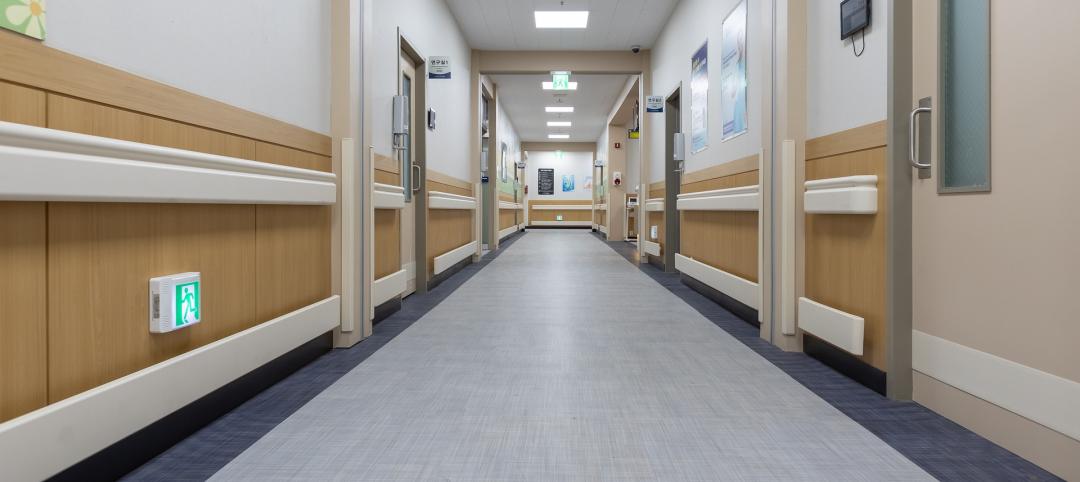With capital budgets strained, renovation may be an increasingly attractive money-saving option for many college and universities.
Deciding whether renovation is more cost effective than new construction comes down to a few key questions:
• Can the existing structure support the program?
• Is the structure still sound?
• Is hazardous materials abatement needed?
• Will current occupants have to be relocated during construction? If so, what are the options?
Tom Chung, AIA, LEED BD+C, says it is worth spending extra time to do a thorough investigation of structural issues and infrastructure. “University officials understand this if they have been burned on a previous rehab project,” says Chung, a Principal with Leers Weinzapfel Associates Architects.
Unanticipated asbestos abatement can be a budget buster. Occupant relocation costs can be onerous if the college has to rent an off-campus facility. “You could spend $1 million or more to relocate for two years of construction time,” he says.
Niagara County Community College ran into an asbestos abatement problem in renovating the Rainbow Centre Mall in downtown Niagara Falls, N.Y. Originally constructed in the 1970s as a parking garage, the property fell into disuse and was donated to the college. The structure was a mess, says Peter C. McCarthy, LEED AP, Project Designer with CannonDesign. “It was leaking badly and had mold,” he says.
But the precast concrete structural components were still sound, and the design firm was able to devise plumbing and HVAC systems to fit the structural bones so that only minimal structural alterations were needed. A total gut rehab turned the building into the Niagara Falls Culinary Institute, which has since become a hot downtown destination for foodies, with two restaurants, a pastry shop, a wine shop, and a food-themed bookstore.
If all else fails, try turning to targeted grants. Niagara County CC used a $270,000 New York State Energy Research and Development Authority incentive grant to offset the cost of energy-efficiency measures, notably variable-speed kitchen exhaust hoods controlled by smoke sensors. In 2013, the school saved $38,000 in energy costs from its above-code systems and features.
The lesson: Building Teams would do well to help their college and university clients find grants and incentive programs to achieve best value on energy efficiency.
Learn more about higher education development trends in BD+C's Special Report, “How your firm can help struggling colleges and universities meet their building project goals.”
Related Stories
Adaptive Reuse | Oct 22, 2024
Adaptive reuse project transforms 1840s-era mill building into rental housing
A recently opened multifamily property in Lawrence, Mass., is an adaptive reuse of an 1840s-era mill building. Stone Mill Lofts is one of the first all-electric mixed-income multifamily properties in Massachusetts. The all-electric building meets ambitious modern energy codes and stringent National Park Service historic preservation guidelines.
MFPRO+ News | Oct 22, 2024
Project financing tempers robust demand for multifamily housing
AEC Giants with multifamily practices report that the sector has been struggling over the past year, despite the high demand for housing, especially affordable products.
Performing Arts Centers | Oct 21, 2024
The New Jersey Performing Arts Center breaks ground on $336 million redevelopment of its 12-acre campus
In Newark, N.J., the New Jersey Performing Arts Center (NJPAC) has broken grown on the three-year, $336 million redevelopment of its 12-acre campus. The project will provide downtown Newark 350 mixed-income residential units, along with shops, restaurants, outdoor gathering spaces, and an education and community center with professional rehearsal spaces.
Office Buildings | Oct 21, 2024
3 surprises impacting the return to the office
This blog series exploring Gensler's Workplace Survey shows the top three surprises uncovered in the return to the office.
Healthcare Facilities | Oct 18, 2024
7 design lessons for future-proofing academic medical centers
HOK’s Paul Strohm and Scott Rawlings and Indiana University Health’s Jim Mladucky share strategies for planning and designing academic medical centers that remain impactful for generations to come.
Sports and Recreational Facilities | Oct 17, 2024
In the NIL era, colleges and universities are stepping up their sports facilities game
NIL policies have raised expectations among student-athletes about the quality of sports training and performing facilities, in ways that present new opportunities for AEC firms.
Codes and Standards | Oct 17, 2024
Austin, Texas, adopts AI-driven building permit software
After a successful pilot program, Austin has adopted AI-driven building permit software to speed up the building permitting process.
Resiliency | Oct 17, 2024
U.S. is reducing floodplain development in most areas
The perception that the U.S. has not been able to curb development in flood-prone areas is mostly inaccurate, according to new research from climate adaptation experts. A national survey of floodplain development between 2001 and 2019 found that fewer structures were built in floodplains than might be expected if cities were building at random.
Seismic Design | Oct 17, 2024
Calif. governor signs limited extension to hospital seismic retrofit mandate
Some California hospitals will have three additional years to comply with the state’s seismic retrofit mandate, after Gov. Gavin Newsom signed a bill extending the 2030 deadline.
MFPRO+ News | Oct 16, 2024
One-third of young adults say hurricanes like Helene and Milton will impact where they choose to live
Nearly one-third of U.S. residents between 18 and 34 years old say they are reconsidering where they want to move after seeing the damage wrought by Hurricane Helene, according to a Redfin report. About 15% of those over age 35 echoed their younger cohort’s sentiment.

















